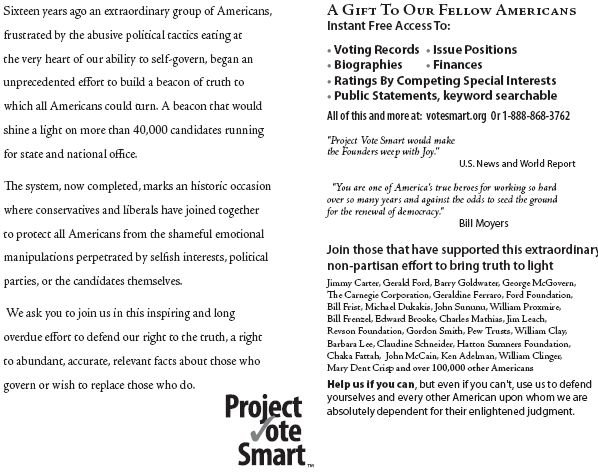Does the United States favor the rich in comparison to other countries?
If a country's tax code is highly progressive, then this ratio will be quite high, as the rich will have tax rates that are much higher than those faced by the poor. In a flat-tax economy, the ratio would be 1.0, since everyone would face the same tax rate.
How does the United States do?
- We have a top statutory income-tax rate of 35 percent; the Social Security tax does not raise this rate, plus the Medicare tax of 1.45 percent on employers and employees = a top rate in the US of about 38 percent.
- In 2007, a person who earned half of the average income (as measured in gross domestic product per capita) earned about $23,000 and faced a federal income-tax rate of 15 percent plus Social Security and Medicare taxes.
- Accounting for these, the income received by the lower-wage worker faced a combined tax rate of about 30 percent, and the ratio of the top rate to this one was about 1.3.
This occurs for a simple reason: While income taxes tend to be quite progressive, payroll and sales (or value-added) taxes are paid by just about everyone, and large governments around the world have to rely on all of these tools to raise the revenue they need to spend more than 40 percent of GDP.
What does it all mean? We redistribute far more than does the typical developed country, explains Hassett. Ever since the early 1990s, we have been one of the more redistributive countries in the OECD. The notion that U.S. tax policy is out of whack with the practices of our main trading partners is absolutely correct:
We redistribute more than they do, even with rates where they are.
READ MORE













No comments:
Post a Comment